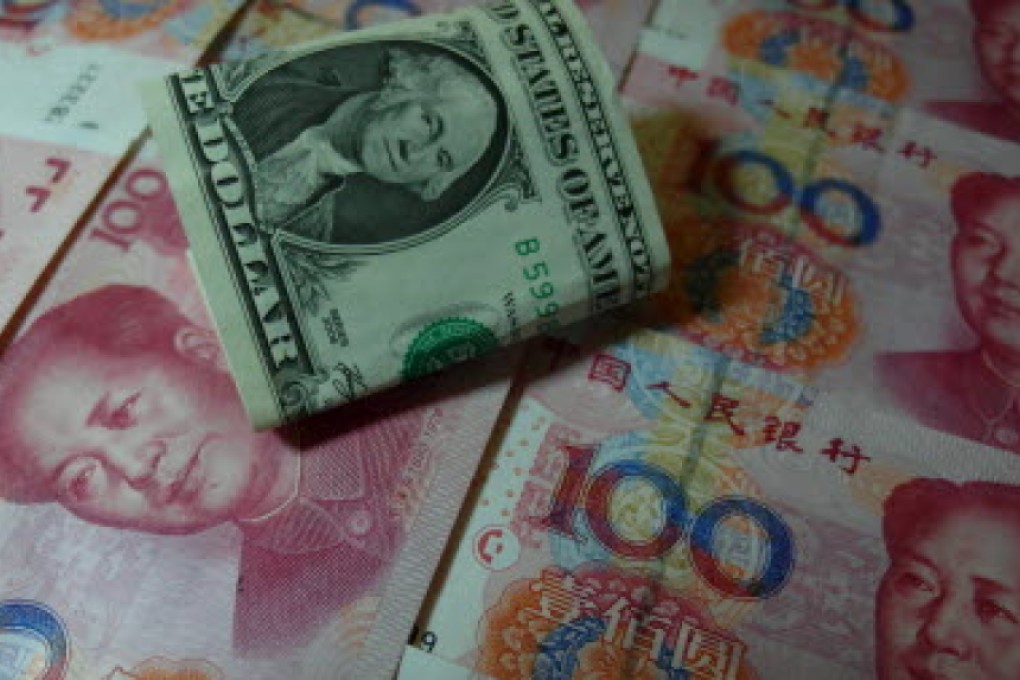How anchoring China’s currency could deliver stability to mainland markets

The plunging Shanghai stock market and the sudden reversal in the yuan’s appreciation have caused fears to spread beyond China’s borders that something is wrong with the world’s growth locomotive. There is.
The path of an economy’s nominal gross domestic product is determined by the course of its money supply. The trajectory of mainland money supply and private credit tells us why the economy is in trouble.
The annual trend rate of money supply (M2) growth is 17.1 per cent. In early 2012, M2 was growing at an annual rate of 20 per cent – well above the trend rate. It has been drifting down ever since. Today, the annual M2 growth rate is a bit above 10 per cent.
In consequence, nominal GDP will decline from its current level. This spells trouble for the mainland and the rest of the world. But why has the M2 annual growth rate declined?
Washington seems to thrive on counter-productive trade and currency wars
One factor is recent hot money capital flight. This shows up when we decompose the reserve money (state money) produced by the People’s Bank of China. The foreign exchange contribution to state money is no longer pulling it up. It is pulling it down.
